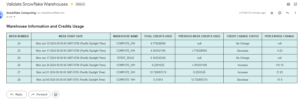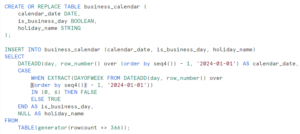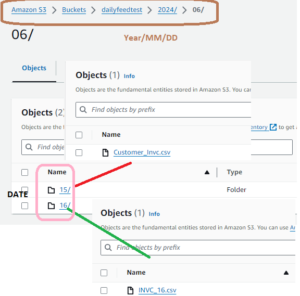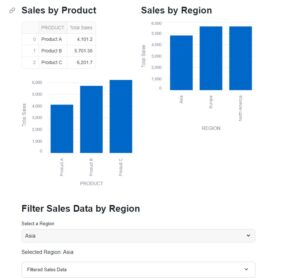
In a dynamic database environment, users often leverage session-specific temporary tables to perform ad-hoc analyses, data manipulations, or intermediate computations. However, managing and identifying these temporary tables across sessions can pose challenges, especially when coexisting with permanent tables of the same name. Ensuring efficient utilization of temporary tables while preserving data integrity and performance becomes paramount. To ensure proper data management and avoid confusion, you want a way to identify the types of tables (permanent or temporary) within a user’s current session.
Challenge:
Snowflake’s Snowsight doesn’t differentiate between permanent and temporary tables within the same session. A user might have created temporary tables with the same names as existing permanent tables, leading to potential data manipulation issues. So distinguishing between session-specific temporary tables and permanent tables with identical names requires precise analysis and awareness. Currently in our database we have the below tables which have both permanent and Temporary types or Transient and Temporary types.

We’ve developed a tailored solution utilizing Snowflake’s JavaScript stored procedures. Our procedure, CHECK_SESSION_TABLES(), dynamically scans the current session’s tables, intelligently identifies session-specific temporary tables.
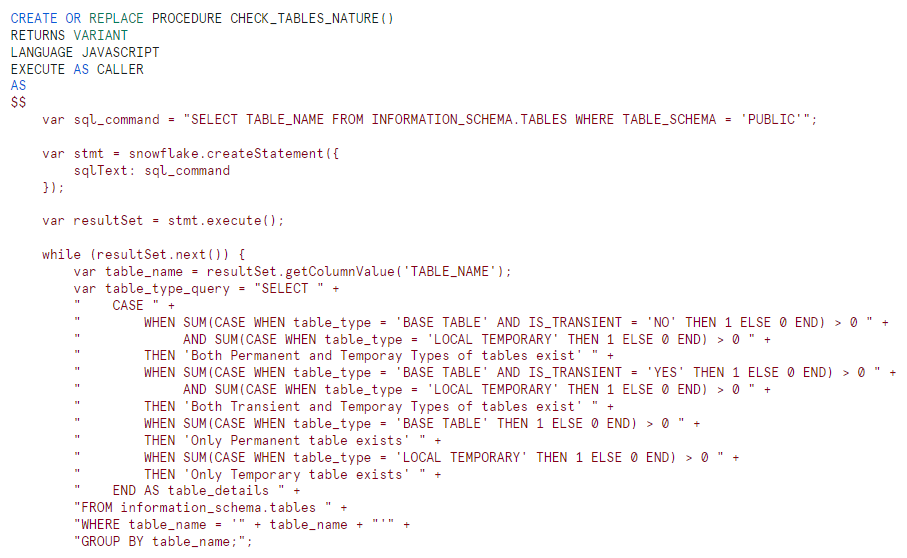

Explanation:
- The procedure retrieves a list of table names from INFORMATION_SCHEMA.TABLES.
- For each table name, it executes a separate query using snowflake.execute to check table type.
- This check leverages the TABLE_TYPE and IS_TRANSIENT column from INFORMATION_SCHEMA.TABLES, to reflects the nature of the table.
- Based on the result, the procedure assigns “Temporary table exists” or “Permanent table exists” or “Transient table exists”.
- Finally, the procedure inserts the output in a table for later reference.
Execute the Proc:

Output:
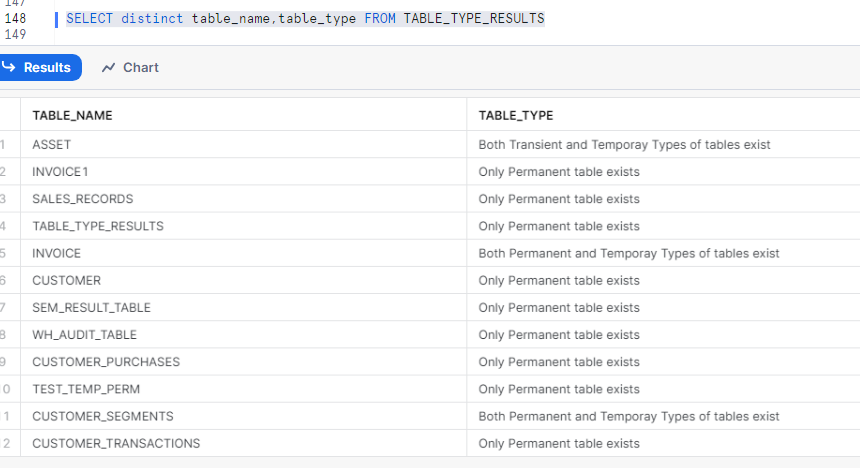
Conclusion:
You can integrate this stored procedure into user workflows or schedule it to run periodically to maintain awareness of table types within active sessions. By leveraging JavaScript stored procedures to navigate the intricacies of session-specific resources, organizations can ensure efficient utilization of temporary tables, enhance data integrity, and optimize database performance within individual sessions.
